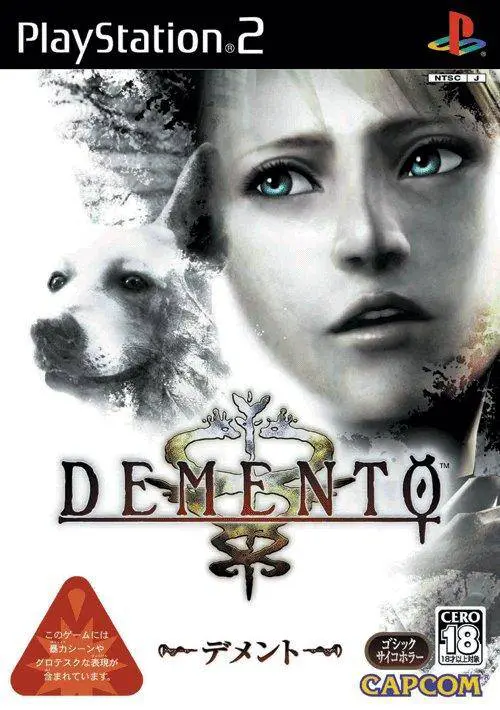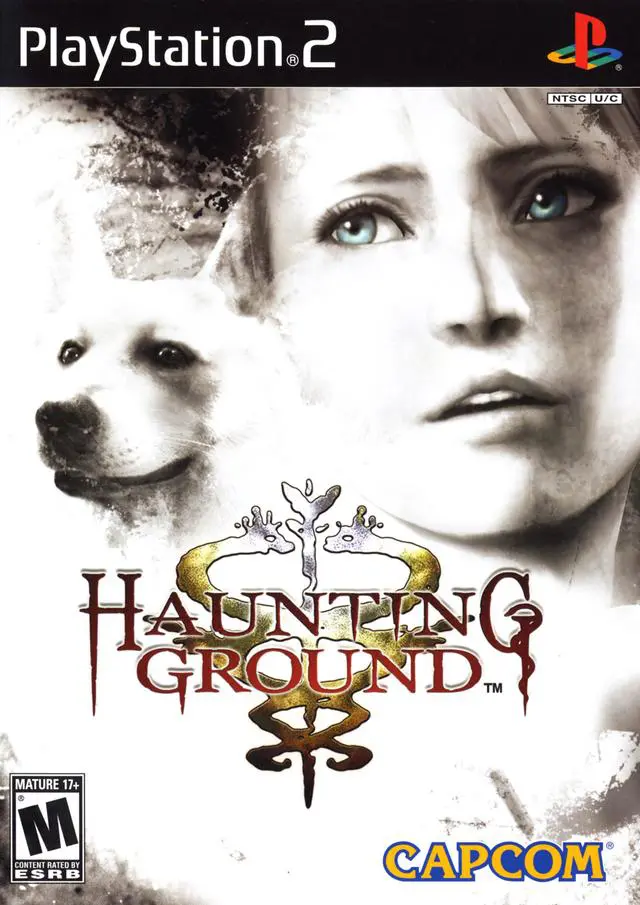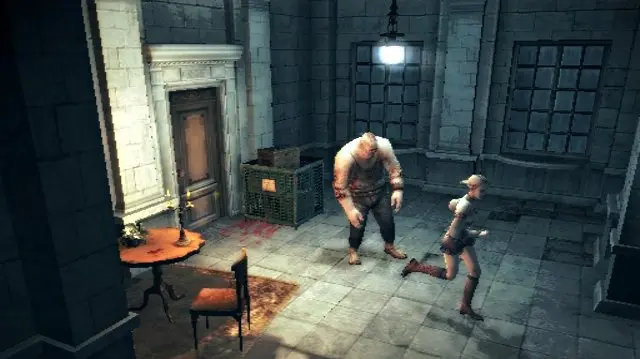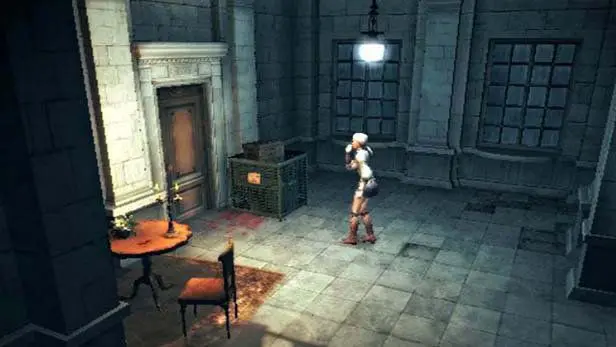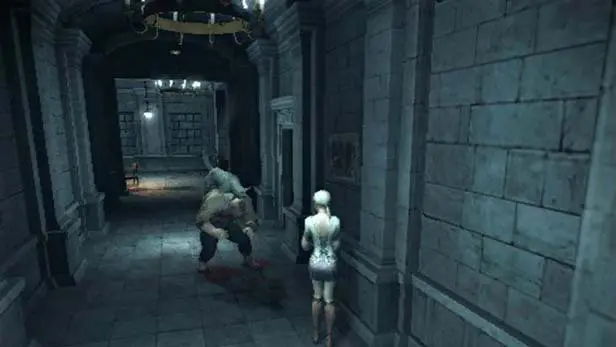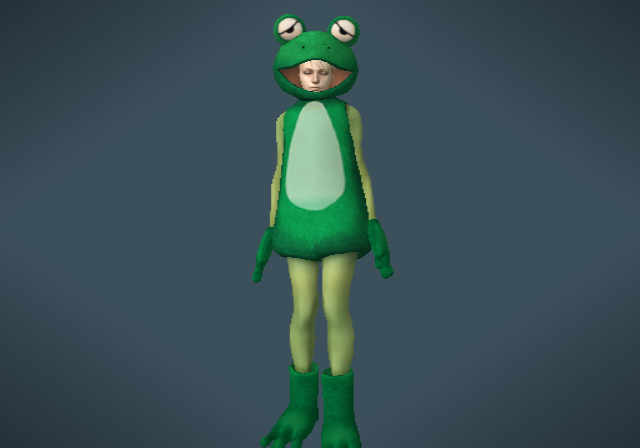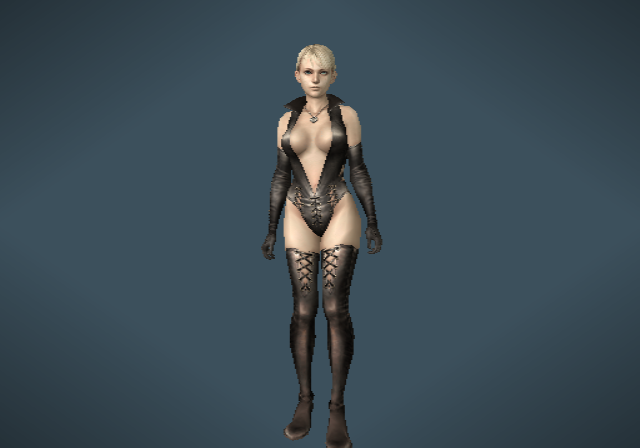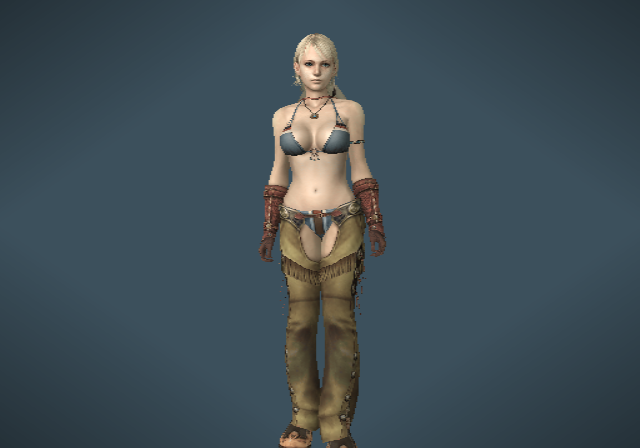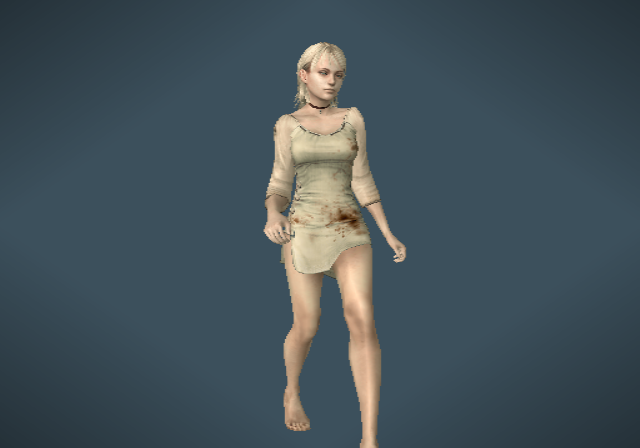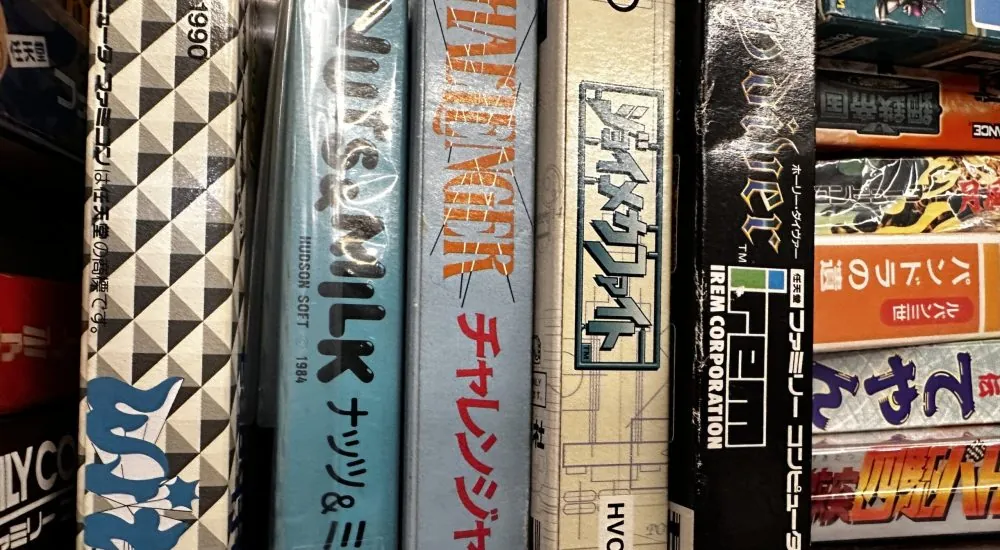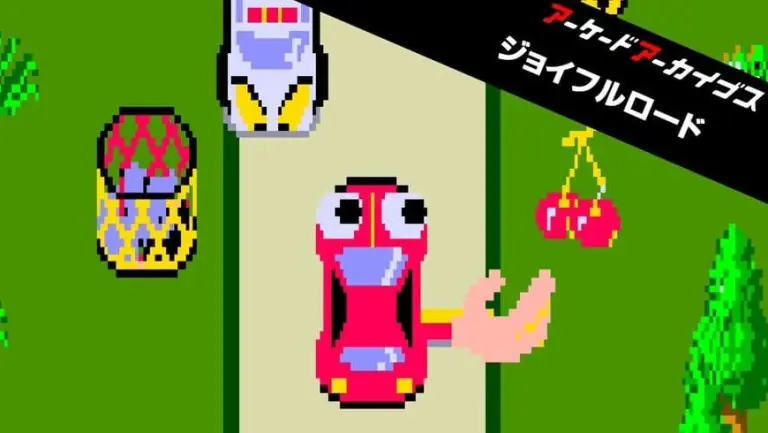While Clock Tower 3 might have marked the franchise’s final official installment, its essence lived on through Capcom’s development of Haunting Ground. Guided by the celebrated Noboru Sugimura, known for his work on Resident Evil and Onimusha, this new chapter features a fresh face: a young woman forced to navigate a labyrinth of dangers, reminiscent of its predecessor. The game has garnered a dedicated fanbase, notably for delving into and often exploiting some of horror gaming’s darkest sexual overtones, reminiscent of titles like Phantasmagoria.
When Fiona Belli regains consciousness following a car crash, she’s disoriented, trapped inside an unlocked cage in a location eerily resembling an abattoir. Her escape from the cage is just the beginning, as she finds herself ensnared in the confines of an ancient, eerie castle. As she wanders, Fiona begins to unravel the reasons behind her abduction. She encounters Hewie, a German shepherd, who becomes her protector against the castle’s deranged inhabitants.
Fiona faces a rogues’ gallery of twisted villains intent on capturing her for reasons ranging from sinister to perverse, seeking to end her life, violate her, or extract the “Azoth” from her—a mystical alchemic substance within her very being that promises immortality. Vigilance becomes her constant companion as she must outwit, evade, and ultimately conquer her pursuers.
Haunting Ground shares its gameplay’s DNA with Clock Tower 3. Despite familiar clunky controls and limited combat options, the game introduces alchemy-based defenses and kicks by Fiona which serve to delay, rather than defeat, her pursuers. The true standout feature is Hewie, the canine ally who obeys commands — or not, influenced by the player’s interaction, affecting the teamwork dynamic throughout the game.
The game reintroduces “Panic Mode” with a new twist: a gray/sepia visual filter and heightened saturation that obscure the player’s view, adding to the challenge. While intended to add tension, it can often be more frustrating than fascinating. Nonetheless, the game has built upon Clock Tower 3‘s solid graphical foundation, offering more intricate details and well-rendered environments accompanied by a fittingly atmospheric soundtrack.
The character designs are impressive, with the exception of Debilitas who strays into uncanny valley territory. Fiona Belli, designed as the game’s focal point, is depicted as a conspicuously appealing character. Capcom intentionally crafted her image to be overtly sensual, a decision that sparks as much controversy as it does intrigue. Initially, the game toyed with the concept of damage affecting Fiona’s attire but decided against this feature early in development.
Rather than her outfit taking damage, players can unlock a variety of costumes for Fiona. These costumes not only offer aesthetic variety but also come with unique gameplay perks, such as altered enemy attire on Hard difficulty and distinctive weapons for Fiona like a whip or gun. Likewise, Hewie can sport different looks that slightly modify his abilities or behavior.
In the end, Haunting Ground represents an experimental chapter for Capcom, rehashing gameplay elements from the Clock Tower series under a new guise. Intent on creating a new franchise, Capcom ultimately shelved the series, leaving Haunting Ground as a bittersweet capstone to what had been a pioneering force in the horror gaming genre.


